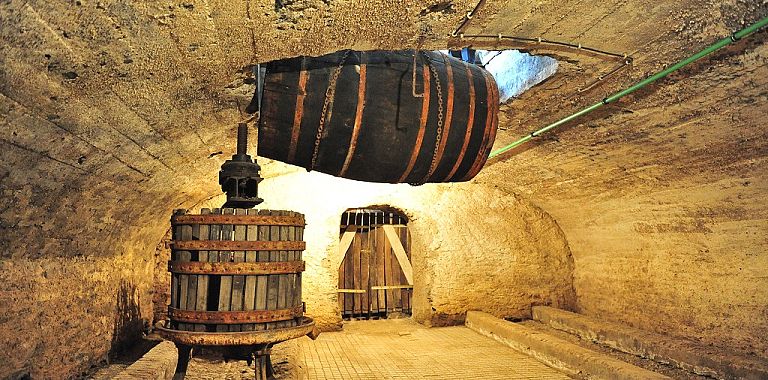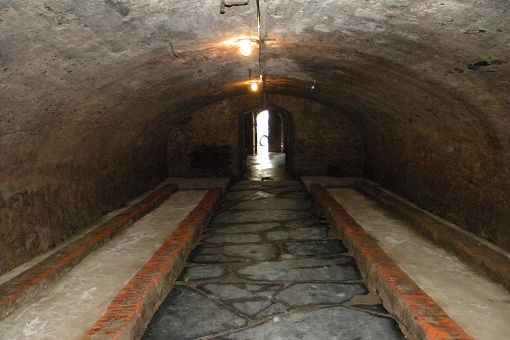
The Aacher Hof
The Baroque architecture of the Aacher Hof dates from the first half of the eighteenth century (1735). The Frankish estate is, however, much older, having been granted by Louis the Pious, a son of Charlemagne, to the Carolingian endowment held by Aachen Cathedral - the Marienstift - during the eighth century.
This mandate of 830 was subsequently confirmed on a number of occasions during the eleventh and thirteenth centuries. The complex of buildings may therefore be regarded as the oldest certified proof of settlement in Traben-Trarbach.
According to the “Trorbachische Ehrensäul”, published in 1669, the Aacher Stifts-Hof was also a place of celebration. It was regarded as “one of the most remarkable buildings in Traben”, where a bailiff or steward would collect up the tithes and taxes due to the Aachener Stift. “Since the Stift of its many vineyards leases as much as a third” and still expected a third of the grape harvest, legal wrangles were the order of the day. Despite the Reformation and the reunification of France, Aachen continued to assert its legal rights. A compromise was finally reached before the Imperial Court and the Aacher Hof was assigned leasehold status. Then in 1804 it was auctioned off in a drive towards secularisation.
It would take a detailed structural investigation to establish to what extent any of the various cellars belonging to the Aacher Hof complex date back to its founding in the eighth century.
Access during the tour is granted to the small, simple and low-ceilinged barrel vault on the banks of the Mosel which features a freshwater well in its front section. Since this cellar is prone to flooding it is equipped with a second, upper storey.




